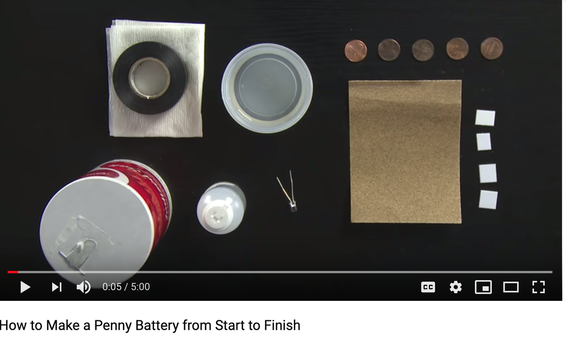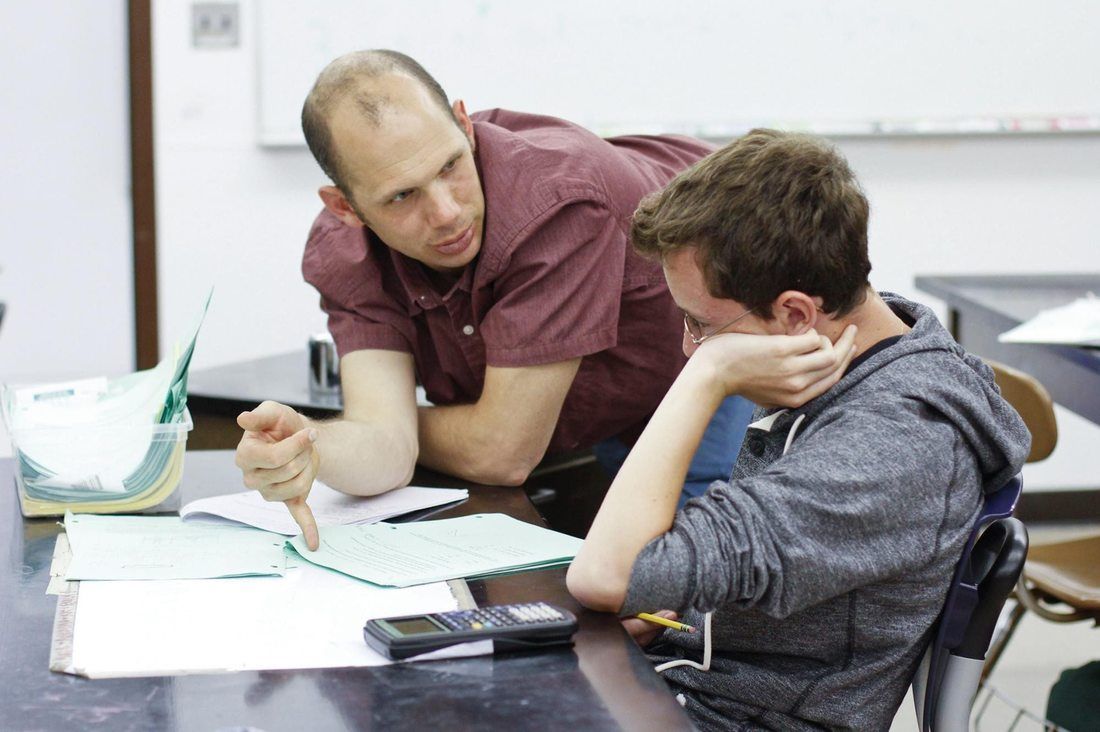|
|
|
Pennies made after 1982 are ~ 95% zinc with a plated copper exterior. Thus, a penny contains two metals and can, if manipulated properly, be converted into a battery. See video below:
This video is LEGIT, and upon seeing it, my gut was to provide students with this video, the materials, and let them go at it as an introduction to our unit on energy in Biology class. (Mitochondria metaphor, etc.).
Then I remembered the research on curiosity! The goal is to intentionally withhold the IDEAL amount of information. Peak interest, but create suspense. Provide enough information as to not demotivate, but leave enough out as to keep the learner guessing. The below "inverted U" graph of Curiosity vs. Knowledge (knowledge confidence), provides a great visual. Inspect it carefully. Have all the info. Not curious. Have no info. Not curious. Withhold the ideal amount. Curious.
So, back to the initial activity. I fear that if I give students the above video, as awesome as it is, the activity will transition from science to "arts and crafts".
I fear that by providing the video, I will provide too much information, push students to the far right of the "inverted U" and minimize curiosity. DESPITE how engaging the activity is! The engagement lies not in the video quality, or the task, but the anticipation of what will happen. The frustration in not knowing exactly what will happen, or how to do it. The tension that is built when the instructor perfectly provides and withholds. The cognitive reward the learner receives when that tension is revealed. We all love solving riddles. This is the true "Call to Adventure". So here is what I'm going to do instead. Step 1: Tell students that electrons can flow spontaneously through a material when two different metals are connected through a conductive solution. Step 2: Tell students that pennies after 1982 are platted with copper. Step 3: Provide students with the exact materials shown in the screenshot from the video above. Include the video title "How to Make a Penny Battery from Start to Finish" in the below image as a strategy for pushing students directly under the "inverted U" shown above.
Step 4: Challenge students to light the LED using only the materials provided in the above image. Remove internet privileges to ensure that information is strategically withheld and students do not look up the above video.
Step 5: Play the above video. Step 6: Treat this as the first two"Es" (Engage and Explore) in the 5E Learning cycle. Continue on with lesson. Etc., etc. |
Categories
All
Archives
March 2024
|



 RSS Feed
RSS Feed